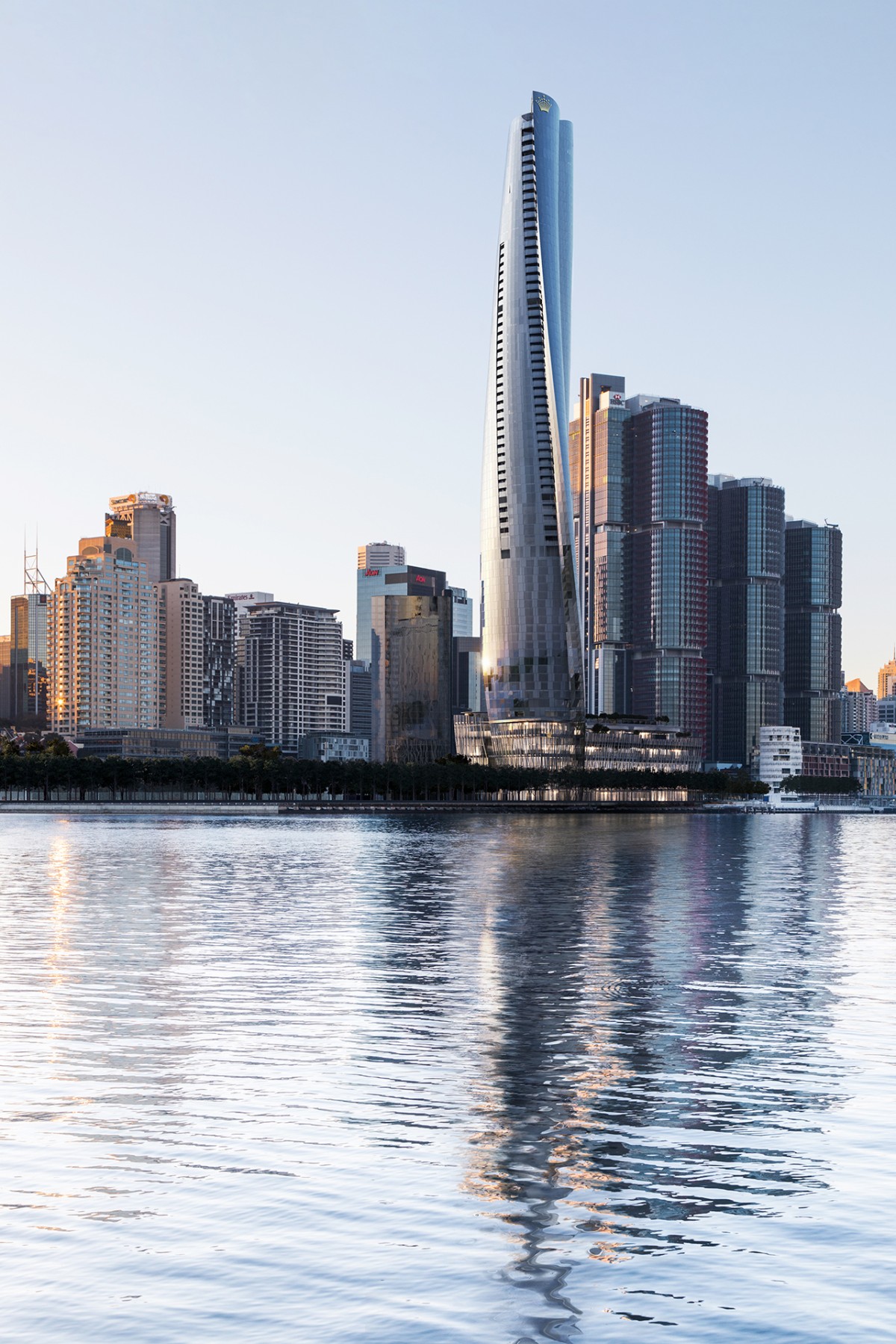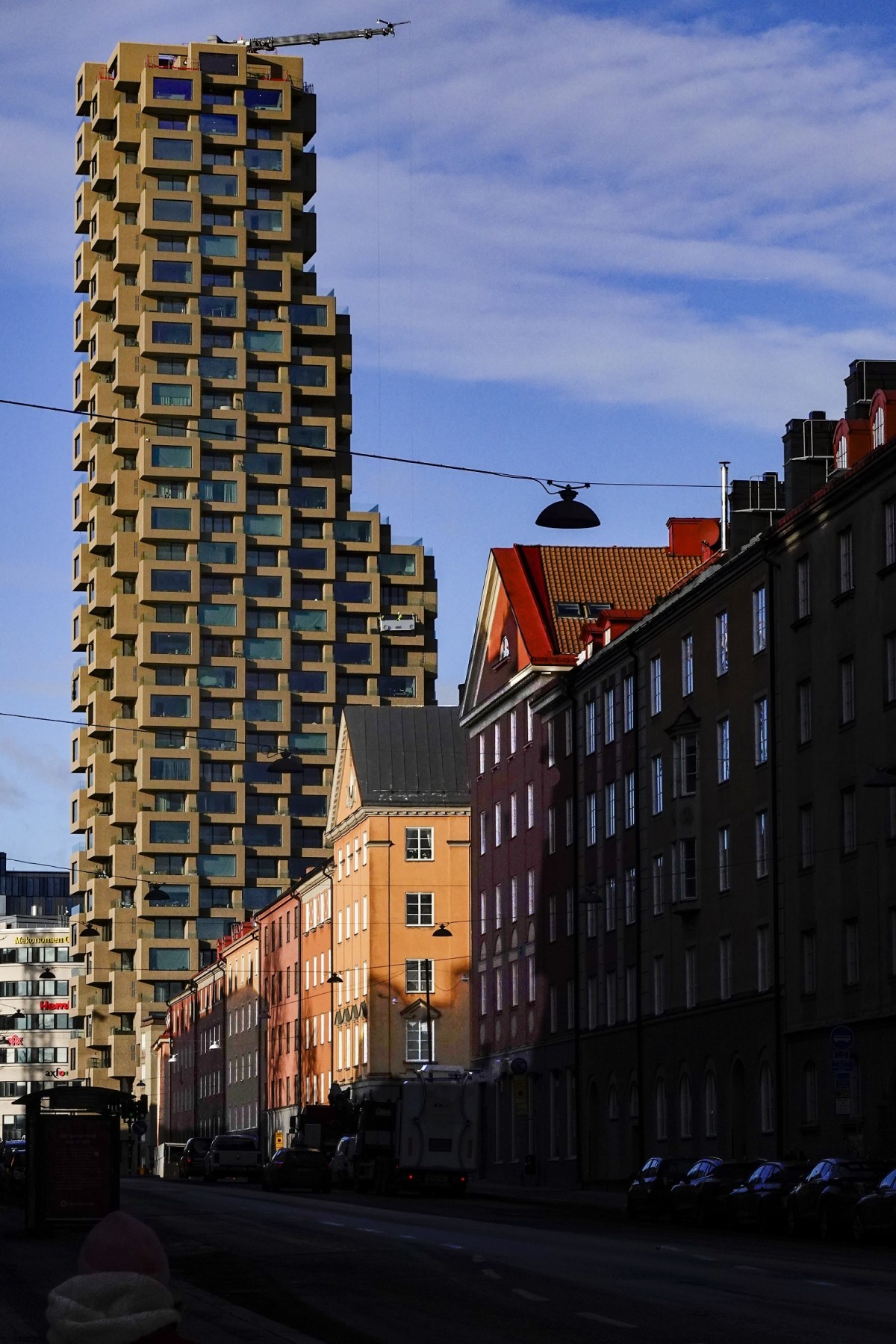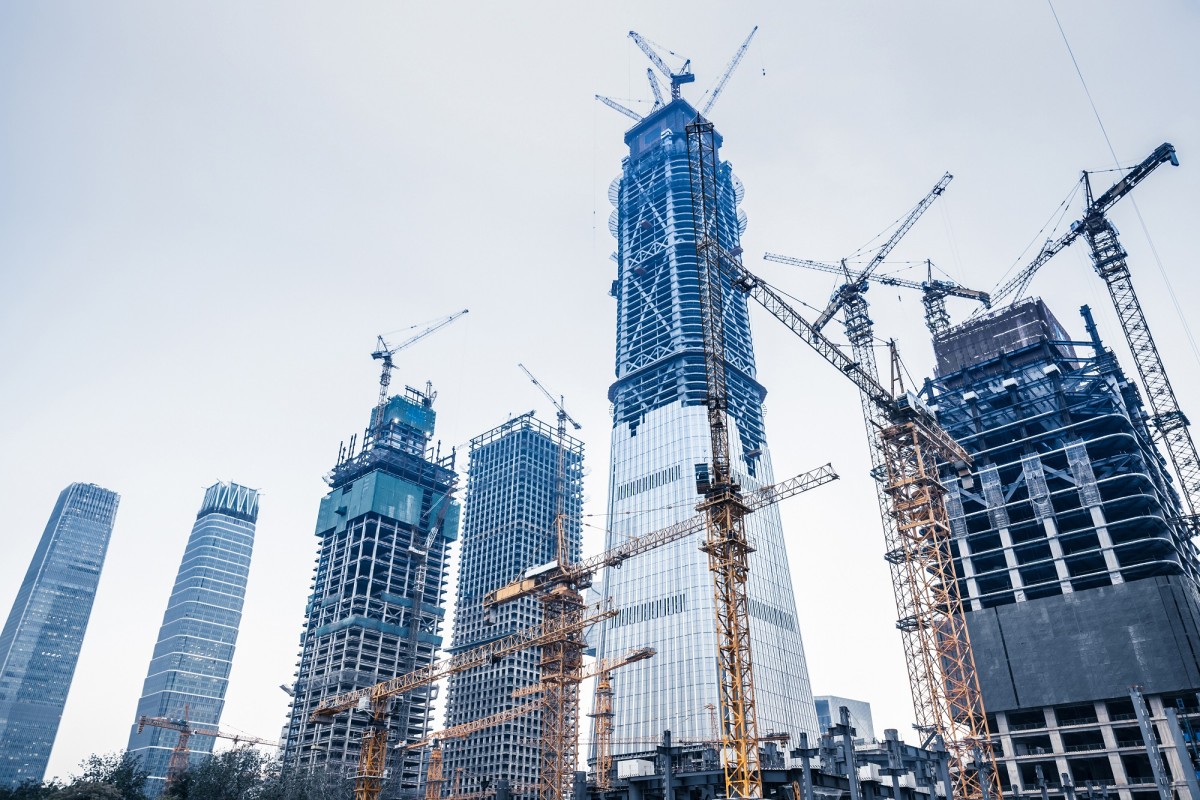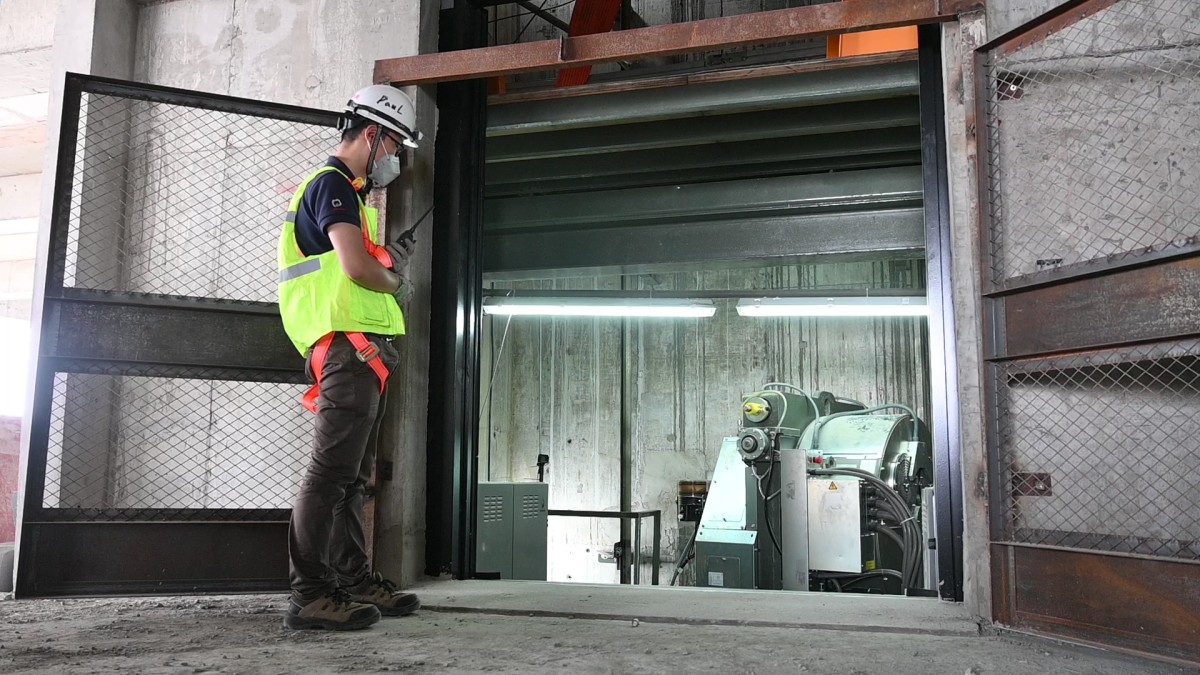Home \ International \ Schindler announced updates for its established CLIMB Lift
Schindler announced updates for its established CLIMB Lift
20/07/2022
Pubblicato da Ettore Zanatta
Demand grows for Schindler CLIMB Lift as company unveils design enhancements and highlights performance data.
Schindler has announced several updates for its established Schindler CLIMB Lift and published data to highlight the system’s effectiveness. Schindler CLIMB Lift is a self-climbing, vertical transportation system that can be used in high-rise construction to move people and goods. A proven performer, the system has so far featured on over 170 elevators, with further deliveries scheduled as contractors and developers continue to harness the increased speed and productivity it brings to construction.
Stefan Weber, Head Large Projects Operations at Schindler, said: “Our original Schindler CLIMB Lift is over 20 years old, but during that time we’ve introduced several improvements and it keeps getting better. The data we’ve published – taken from real world projects – show the efficiency gains our Schindler CLIMB Lift can generate. Not only does Schindler CLIMB Lift enable the earlier completion of work overall, but it also allows the façade to be closed sooner during the construction phase. This allows developers to let space much earlier than would otherwise be possible.”
With developers and construction companies seeking continuous efficiencies on projects, Schindler has made notable additions to its Schindler CLIMB Lift, most significantly extending the compatibility of it to the Schindler 5500, in addition to its larger Schindler 7000. By offering CLIMB Lift with the Schindler 5500, the product is now suitable to smaller buildings of 150 meters and below. In particular, the Schindler 5500 CLIMB Lift has been designed for Machine-Room-Less (MRL) elevator applications. It is a simplified design – yet still derived from the Schindler 7000 CLIMB Lift – which doesn’t require a lifting platform. While still offering the same advantages of the larger Schindler 7000 CLIMB Lift in terms of speed and efficiency, the Schindler 5500 CLIMB Lift is lighter and easier to install. Its design is also more standardized, making it a cost-effective solution.
Schindler has also introduced a new design option enabling integration with the building’s formwork during construction. By integrating the lifting platform and crash deck of Schindler CLIMB Lift with the formwork, the entire system stays closer to the top of the building as construction advances. This integrated design also reduces the components and other materials in Schindler CLIMB Lift, while ‘jumping’ (moving from one floor to the next) is faster and easier. The first delivery of a Schindler CLIMB Lift with the integrated option will go to the construction of Elbtower in Hamburg, Germany.
“The extension of the Schindler CLIMB Lift to the Schindler 5500 and our integrated solution for connecting with building formwork are just two examples of how continuous innovation is bringing greater value to our customers. It’s now suited to a wider range of projects and its improvements bring tangible gains to construction projects,” notes Weber. In addition to adding models to the product line and introducing new design elements, Schindler reports that Schindler CLIMB Lift has completed certification for EN81-20, the EU design test certificate. The certification for A17.1, the ASME Design Review Certificate in the U.S., is expected to be completed in September.
Schindler believes that cost savings achieved with Schindler CLIMB Lift could run as high as 5% of total building costs on a high-rise construction. This accounts for savings in reduced manpower from shorter build times and earlier income generation for developers from leasing space sooner. This acceleration in leasing is possible because Schindler CLIMB Lift is an internal system, so the façade can be closed earlier in construction – something not possible on projects with external hoists. Schindler CLIMB Lift sits inside a high-rise construction’s elevator shaft, so its effectiveness in moving people and materials is not dependent on the shape of the building, and this also means construction work can continue in any weather. Both these capabilities offer productivity benefits over external hoists. In addition to the design advantages from being inside the building the difference in operating speed from Schindler CLIMB Lift is striking too. Data from Schindler, based on real-world analysis of projects, reveals Schindler CLIMB Lift can travel approximately five times faster than a typical external hoist: up to 5 m/s versus the 1 m/s of an external hoist. The data also shows that in a typical hour, an external hoist can move up to 260 people, while Schindler CLIMB Lift can move 600. Similarly, the average load carried by an external hoist is 20,800 kg per hour, while for Schindler CLIMB Lift it is 48,000 kg.
“When working methods are ingrained, people can often be reluctant to change,” notes Stefan Weber. “But on projects where Schindler CLIMB Lift has featured the advantages over traditional external hoists are remarkable. And more and more real estate investors, developers, and general contractors are showing interest.” In addition to highlighting the advantages of Schindler CLIMB Lift through its performance data, Schindler has also developed a Cost Savings Calculator to show the impact on overall cost that faster movement of people and goods has. This easy-to-use and interactive tool has allowed many customers to fully understand the benefits of the system, with interest extending to new markets and on different classes of building.
The Cost Savings Calculator allows customers to input a variety of parameters (including number of people on site, number of trips per day, construction time, and manpower cost) and see what kind of savings are on offer. The numbers can be easily adjusted to allow for more varied scenario planning and to help customers select their optimum solution.

Ultime notizie di OnSite News
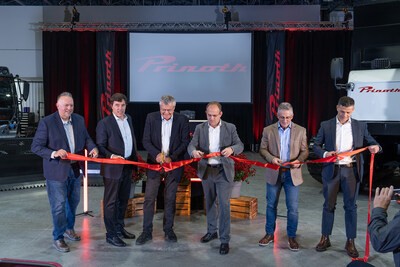
Earthmoving Machinery
25/11/2024
Prinoth Unveils Expanded Production Facility in Granby, Canada
Prinoth held an event to announce the official opening of it...

Logistics
22/11/2024
Sarens acquires additional SCHEUERLE SPMT K24 modules
renowned for its expertise in crane rental services, heavy l...
Equipments
21/11/2024
SITECH partners with Royal Engineers to create poppy and demonstrate tech offering
The demostration involved creating a ground-level poppy desi...
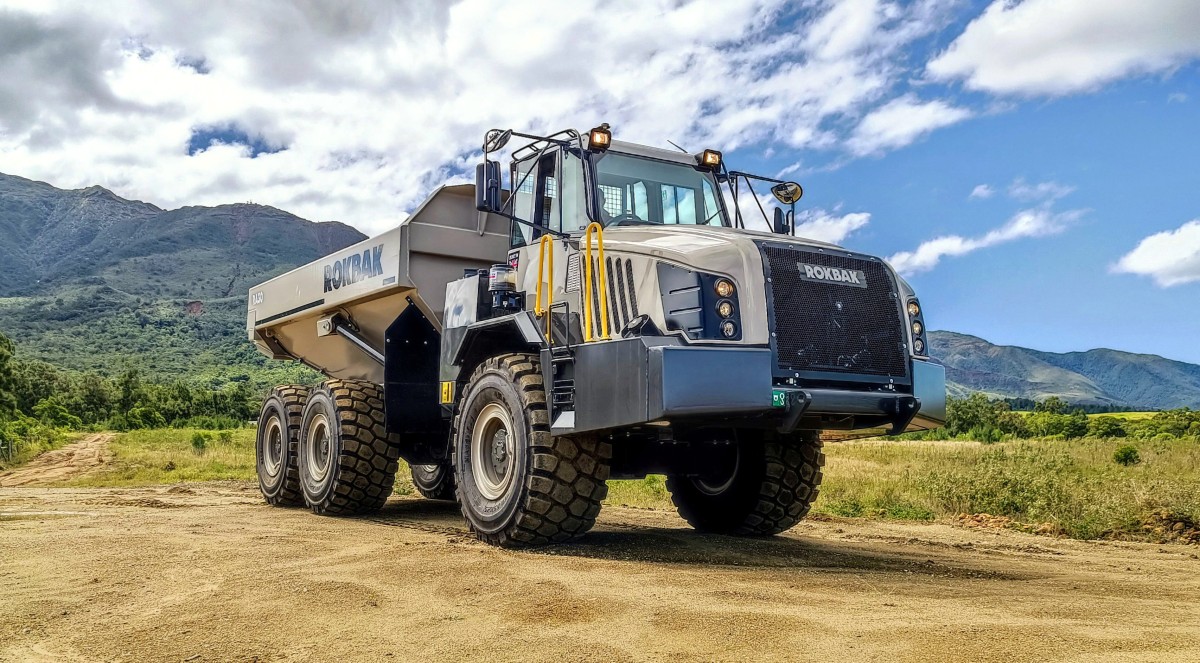
Earthmoving Machinery
20/11/2024
Strong and stable RA30 trucks carry the weight at New Caledonian mine
Three Rokbak RA30 trucks are delivering exceptional durabili...
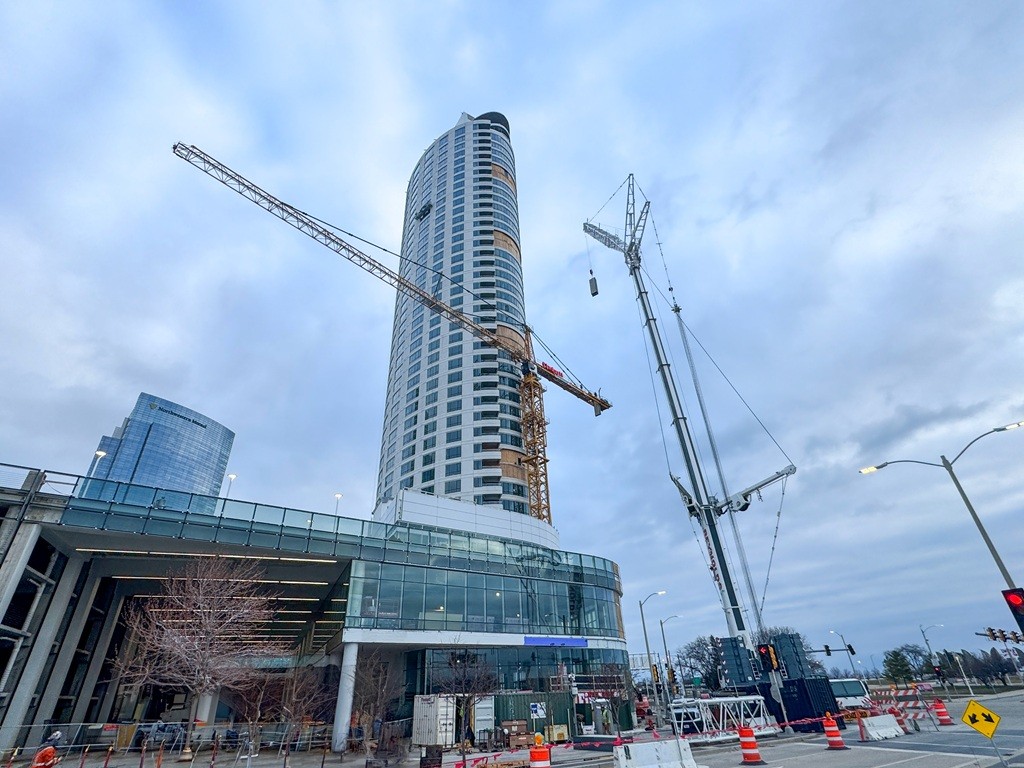
Lifting
20/11/2024
Tadano AC 7.450-1 Performs Double Duty in Wisconsin
A cost-saving and versatile solution was already on site - a...
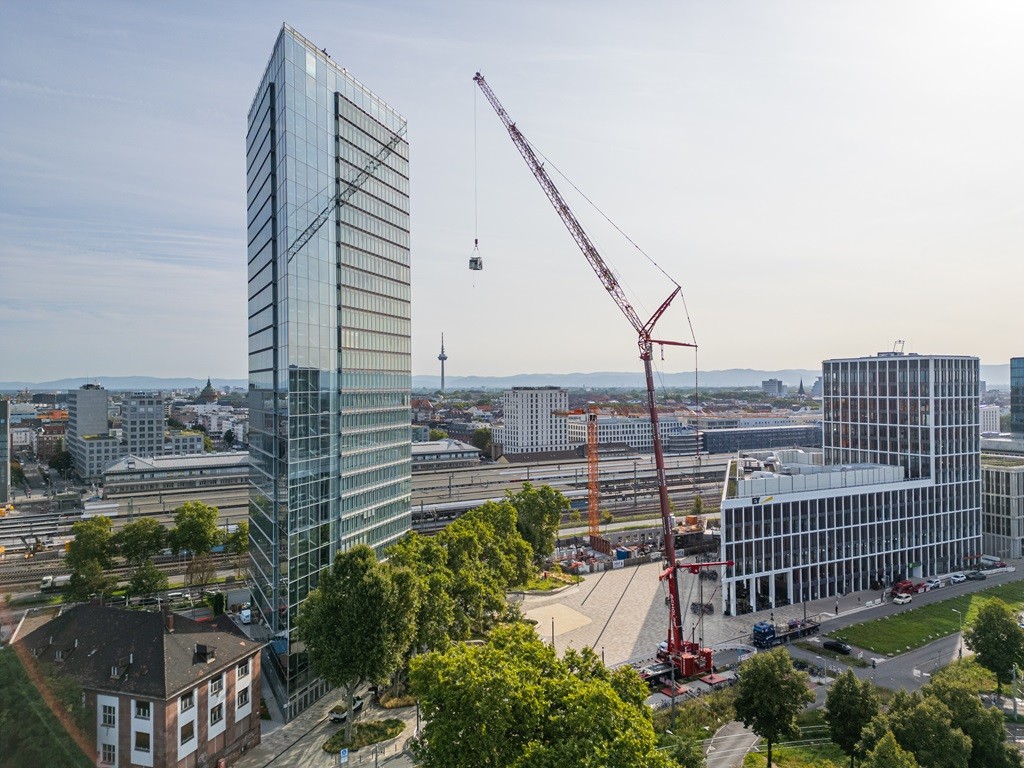
Lifting
11/11/2024
Tadano AC 7.450-1 all terrain crane for the Victoria Tower in Mannheim
Tadano AC 7.450-1 all terrain crane lifts cooling unit to to...
Altri International
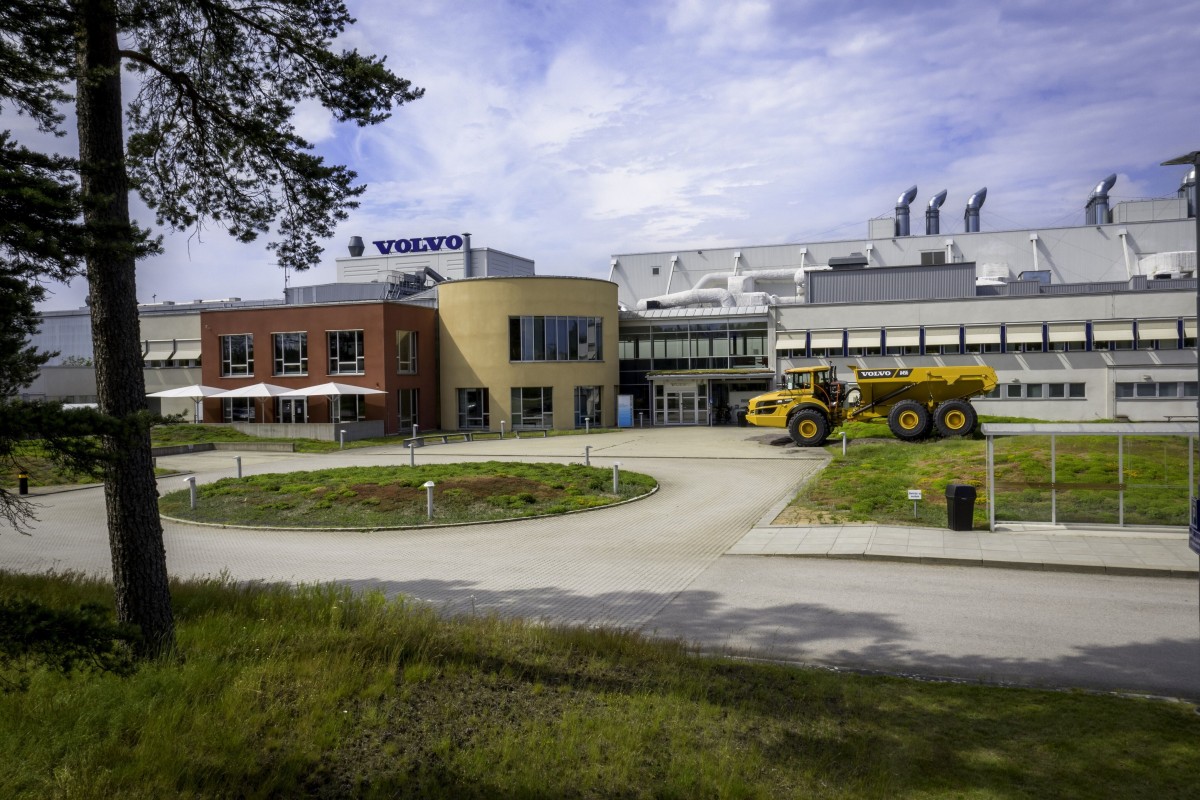
International
27/11/2024
Home of Volvo Construction Equipment’s pioneering articulated haulers advances to Climate Efficient Site
As one of the construction industry’s most active drivers of...
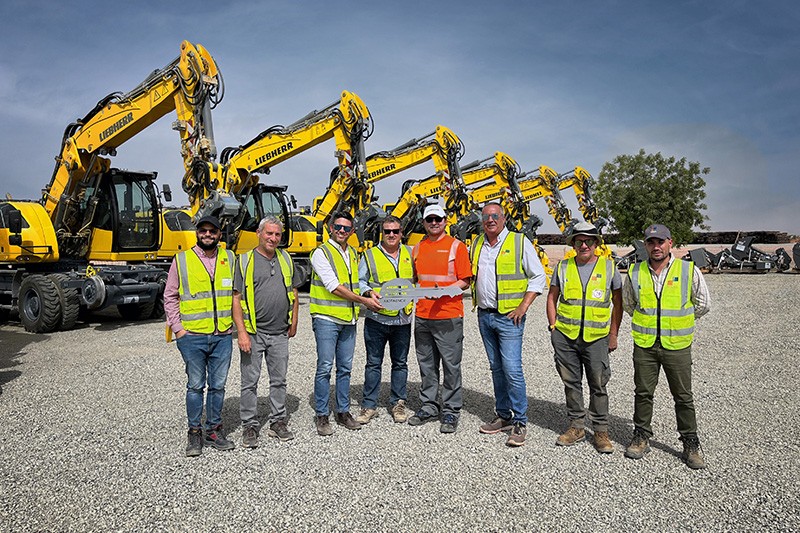
International
26/11/2024
Mota-Engil orders 10 Liebherr railroad excavators for a major project in West Africa
The Portuguese construction company Mota-Engil has once agai...
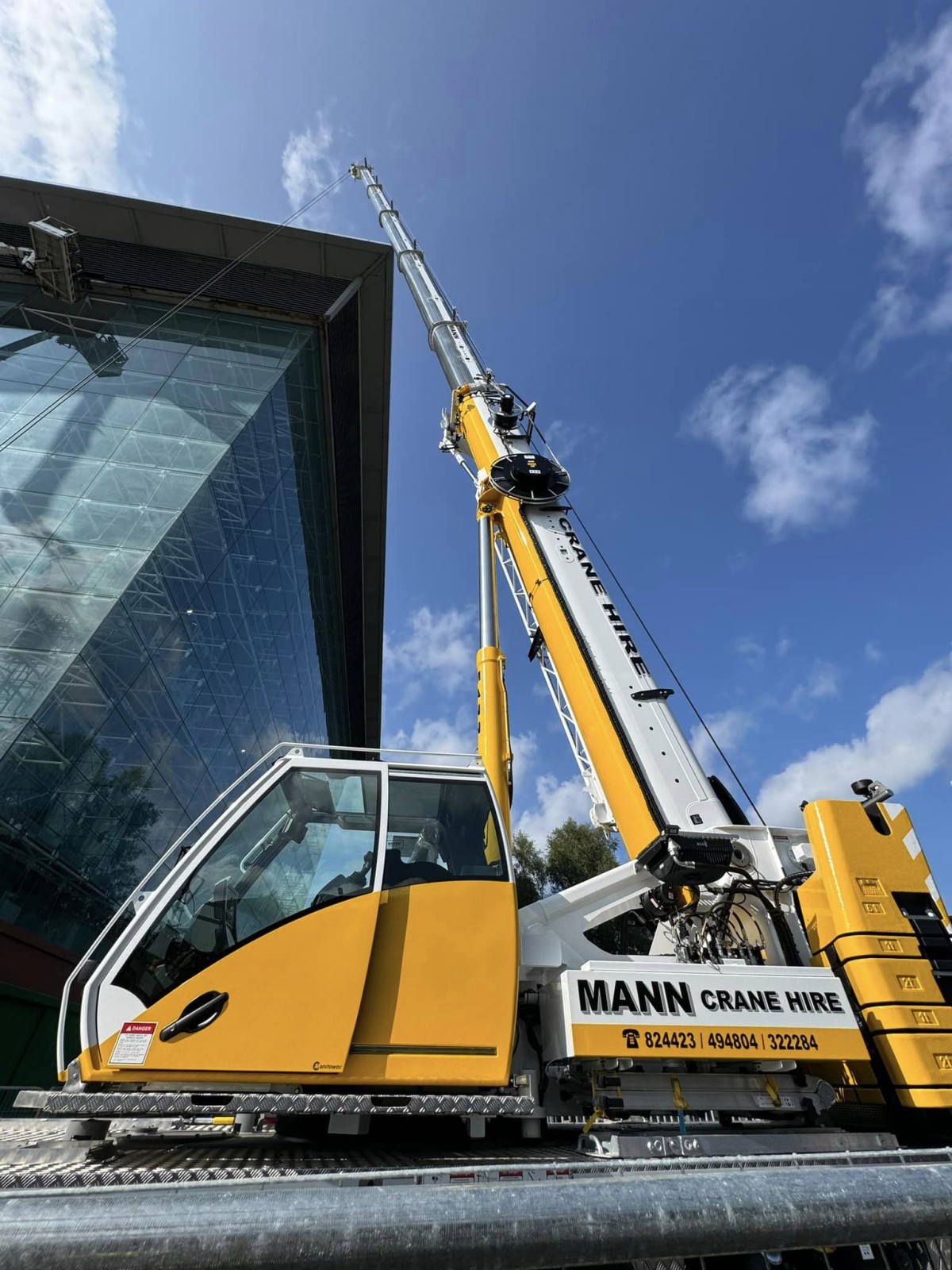
International
25/11/2024
New Grove GMK3060L-1 drives busy schedule for Mann Crane Hire
• Mann Crane Hire selected the GMK3060L-1 for its class-lead...

International
25/11/2024
Prinoth Unveils Expanded Production Facility in Granby, Canada
Prinoth held an event to announce the official opening of it...

International
23/11/2024
GPMat International takes delivery of two Raimondi T147s residential development in the South of France
- Official agent of France expands its product lineup with t...

International
22/11/2024
Sarens acquires additional SCHEUERLE SPMT K24 modules
renowned for its expertise in crane rental services, heavy l...











